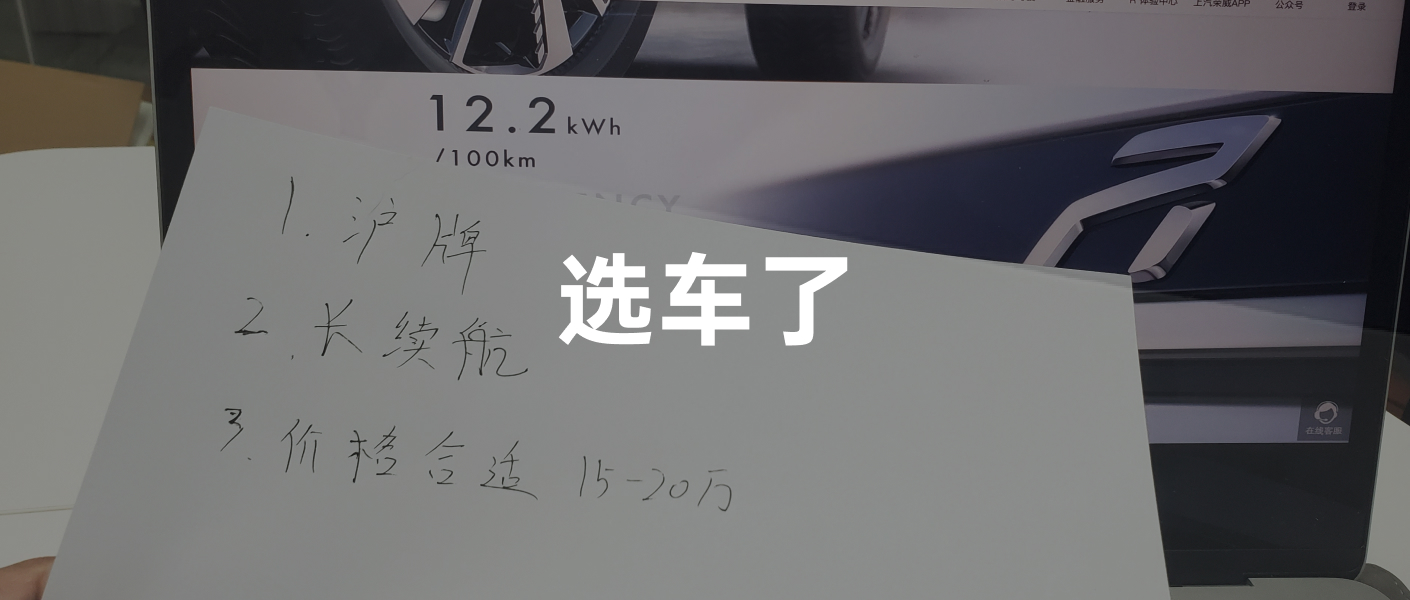One of my colleagues at the company is planning to buy a car this year for commuting in Shanghai and is looking for a non-restricted license plate. Therefore, they have decided to purchase a new energy vehicle with a budget of 150,000 to 200,000 RMB, and favor pure electric vehicles with better driving experiences compared to hybrid ones.
I think there are many people with similar commuting needs in first-tier cities like Shanghai, including myself. I believe everyone wants to buy a car that they like and is suitable for them, but not everyone has an in-depth understanding of cars or electric vehicles. Therefore, I hope my colleague’s “car selection journey” can provide some help and reference for everyone.
Ready to Buy a Car
I asked my colleague when they plan to buy a car.
“I don’t remember the exact date, but I was riding my electric scooter happily with my girlfriend, and then it started pouring rain on the way home, and then…”
I see. Let’s talk about your requirements directly.
What Kind of Car Do You Need
As mentioned at the beginning, my colleague needs a non-restricted license plate car for commuting in Shanghai, and is leaning towards purchasing a pure electric vehicle. Below are their further considerations and needs in this context.
First of all, they believe that when buying a pure electric vehicle, it is important to choose one that has excellent performance in the three essential electrical components since these are critical parts and affect both driving and safety. Choosing a model from a reputable manufacturer is relatively reassuring.
Secondly, while the exterior appearance of the car doesn’t have to be particularly sexy, at the very least it should be aesthetically pleasing and comfortable to drive. Although it is only purchased for commuting purposes, the interior of the car should also have a bit of private space refinement and atmosphere.
Lastly, it is critical to have an appropriate price. A reasonable price is not about choosing a cheaper option, but rather a price that matches the product’s value. If the product is truly exceptional, it may justify a higher price.
In light of these “three principles of car selection,” we began a selection and comparison process.
Candidate Selection
Let’s take a look at the available options in the market:
- Tesla: Model 3
- Geely: Geometry A, Geometry C
- BYD: Han EV, Qin Pro EV, Qin EV, Song Pro EV
- BAIC: EU7
- SAIC R: ER6
- XPeng: P7, G3
- GAC: Aion S, Aion V

Since the budget is 150,000 to 200,000 RMB, Model 3, Han EV, and P7 are out of the question. While these vehicles are excellent, they are also beyond the budget.After two rounds of screening, the remaining car models include Geely A, BAIC EU7, Aion S, ER6, Qin EV, and Qin Pro EV, as crossover vehicles and SUVs, such as Geometry C, Song Pro EV, XPeng G3, and Aion V, were excluded due to my colleague’s preference for cars with lower seating positions that are easier to drive.
Next, comes the crucial comparison of endurance (NEDC standard), with the data for the longest endurance versions for the above models listed below:
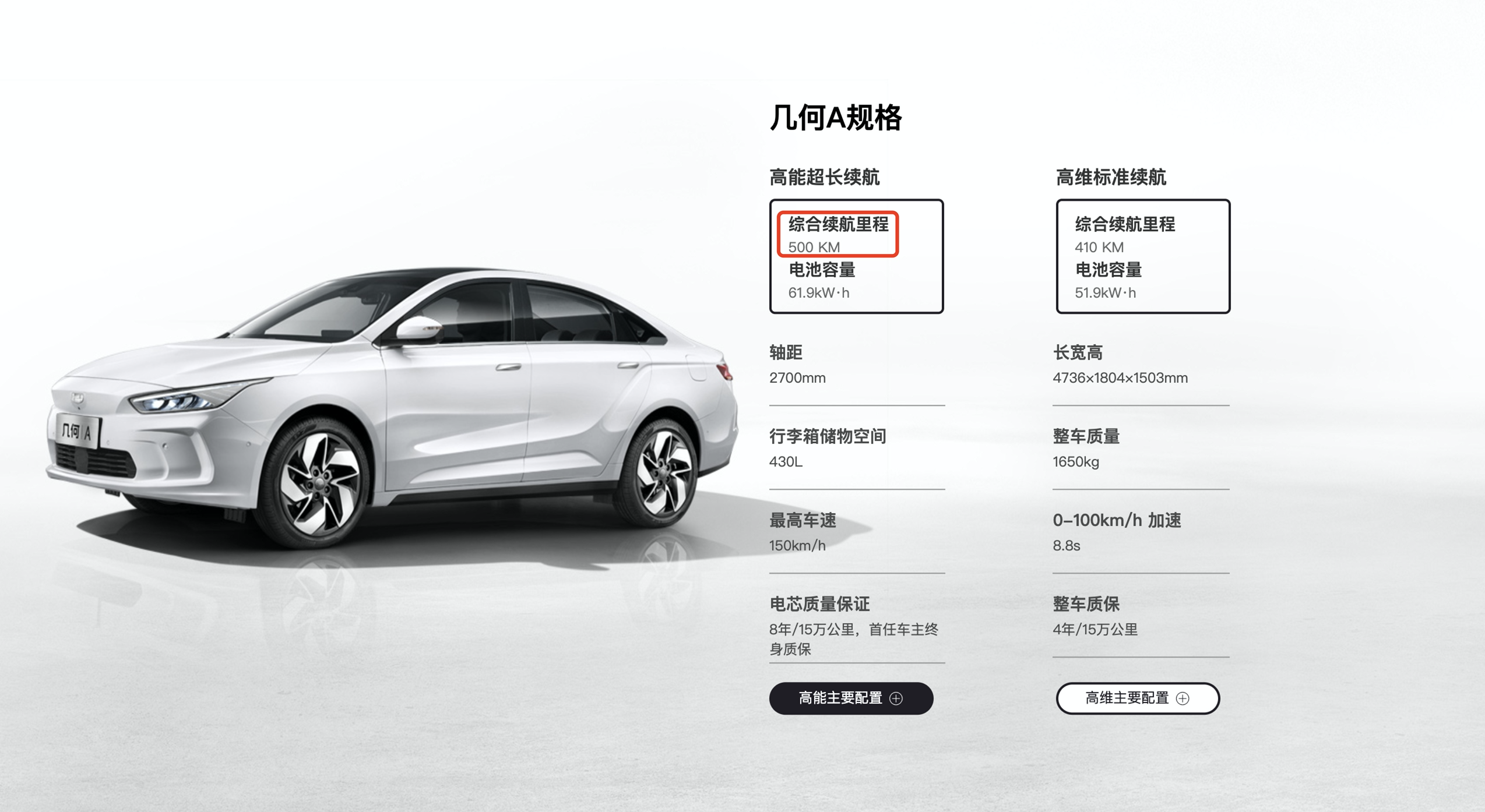
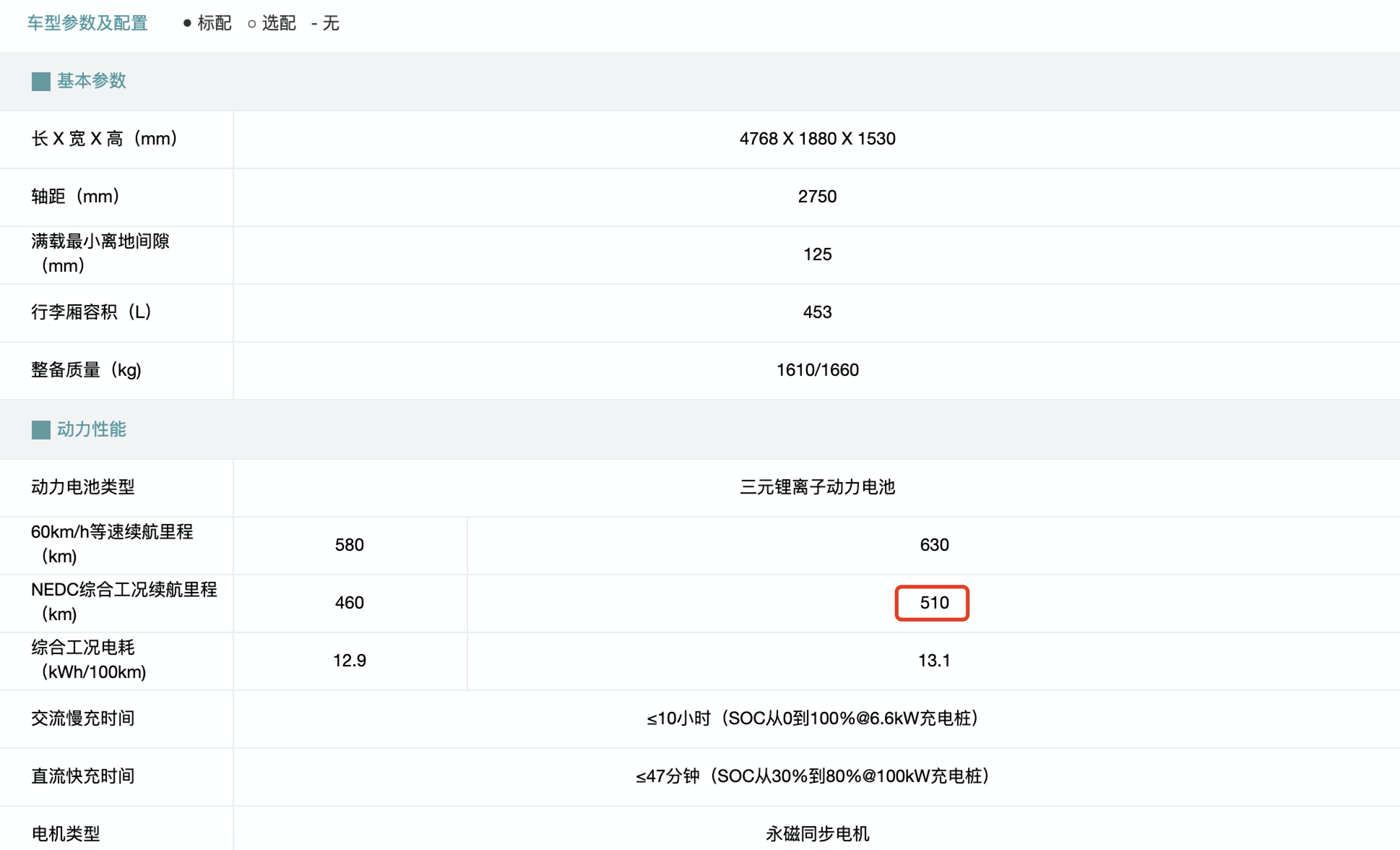
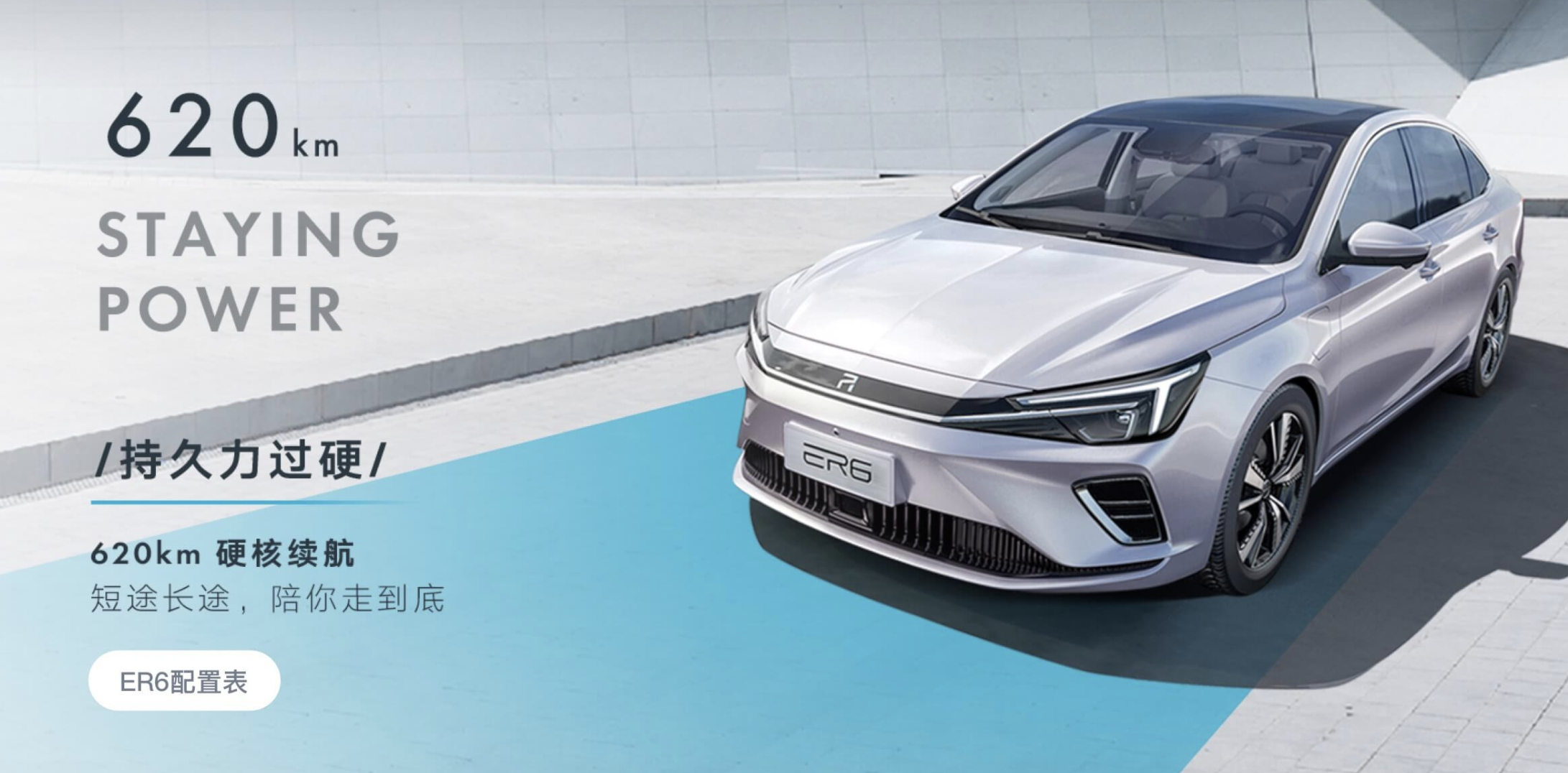
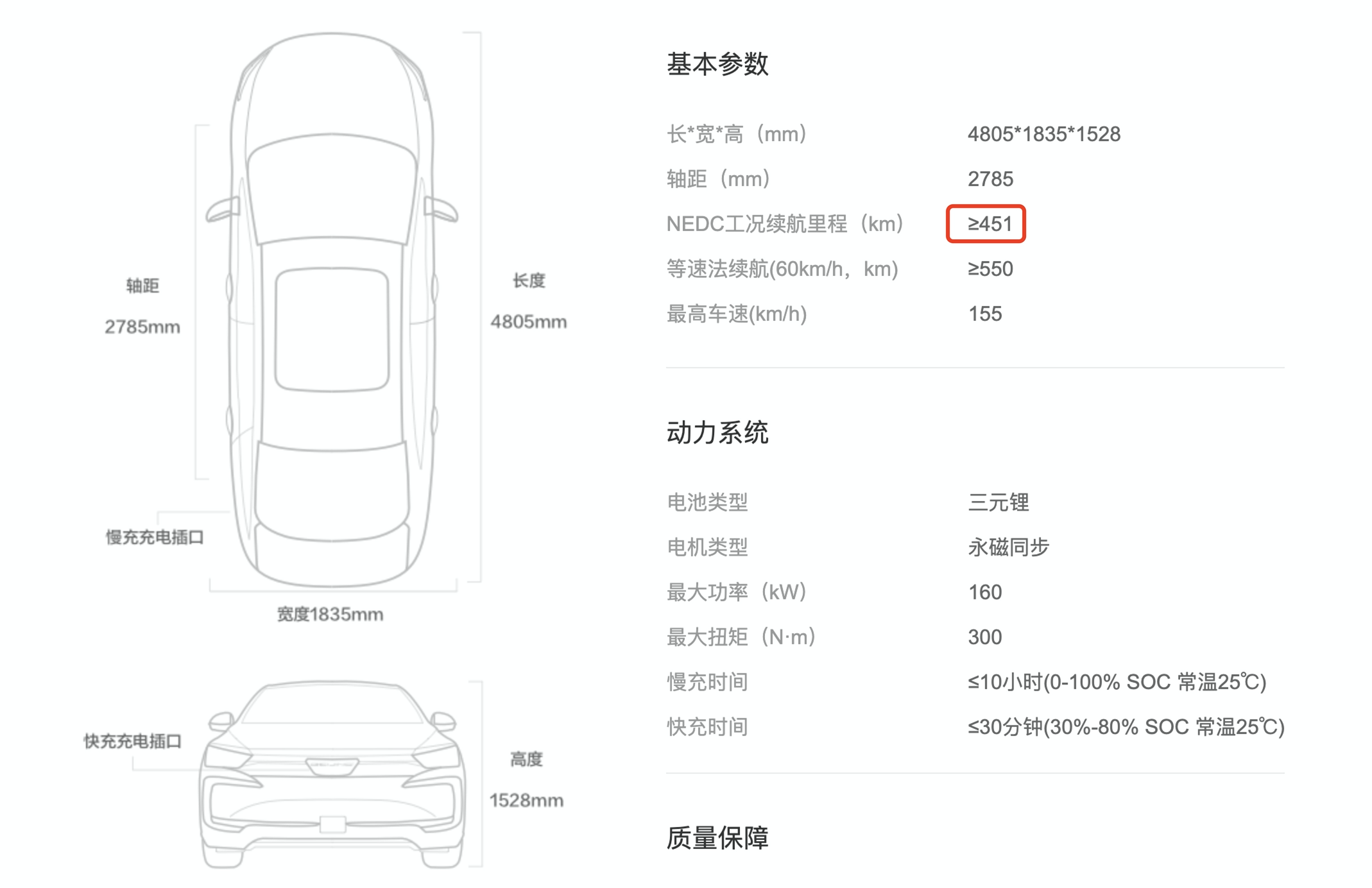
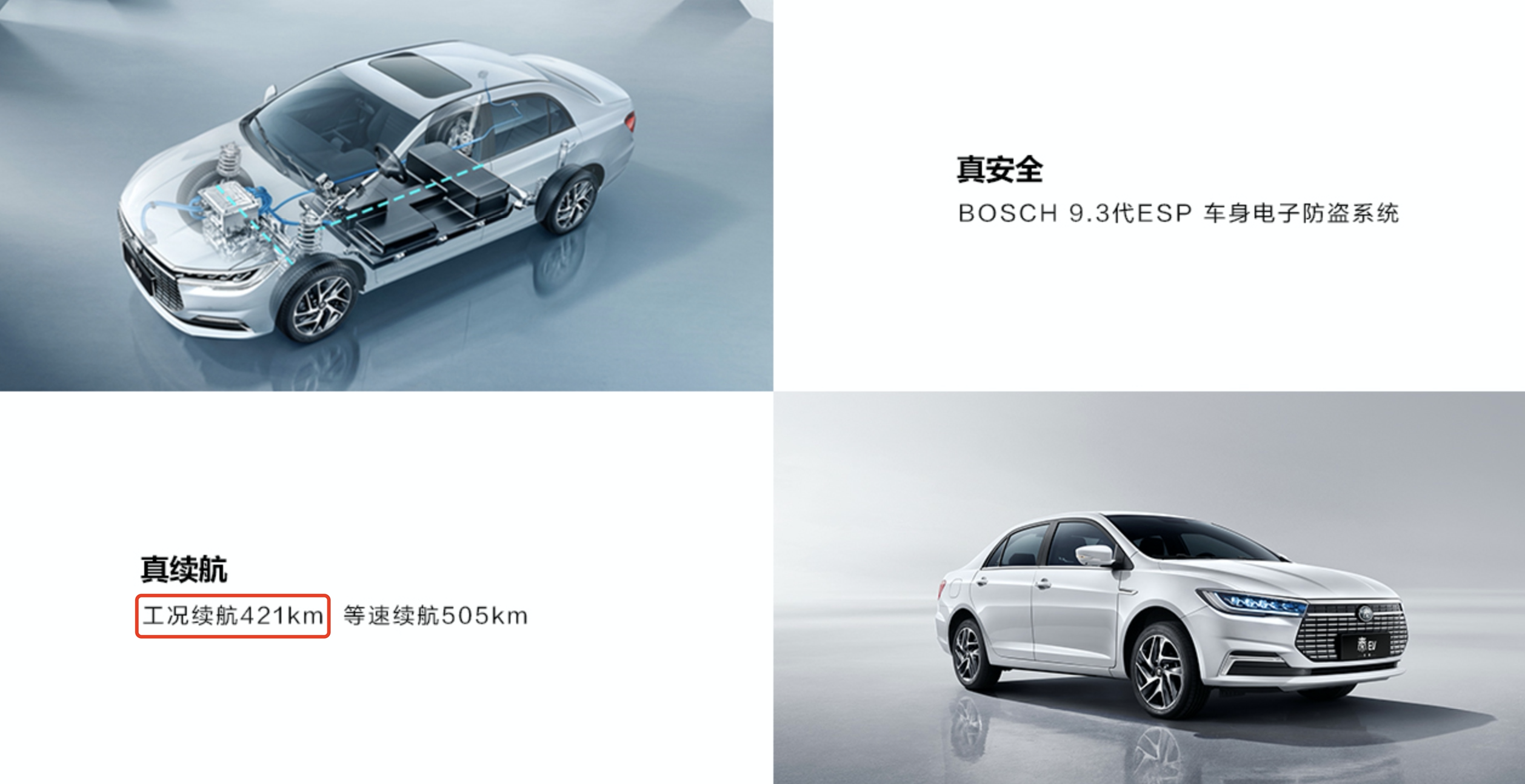
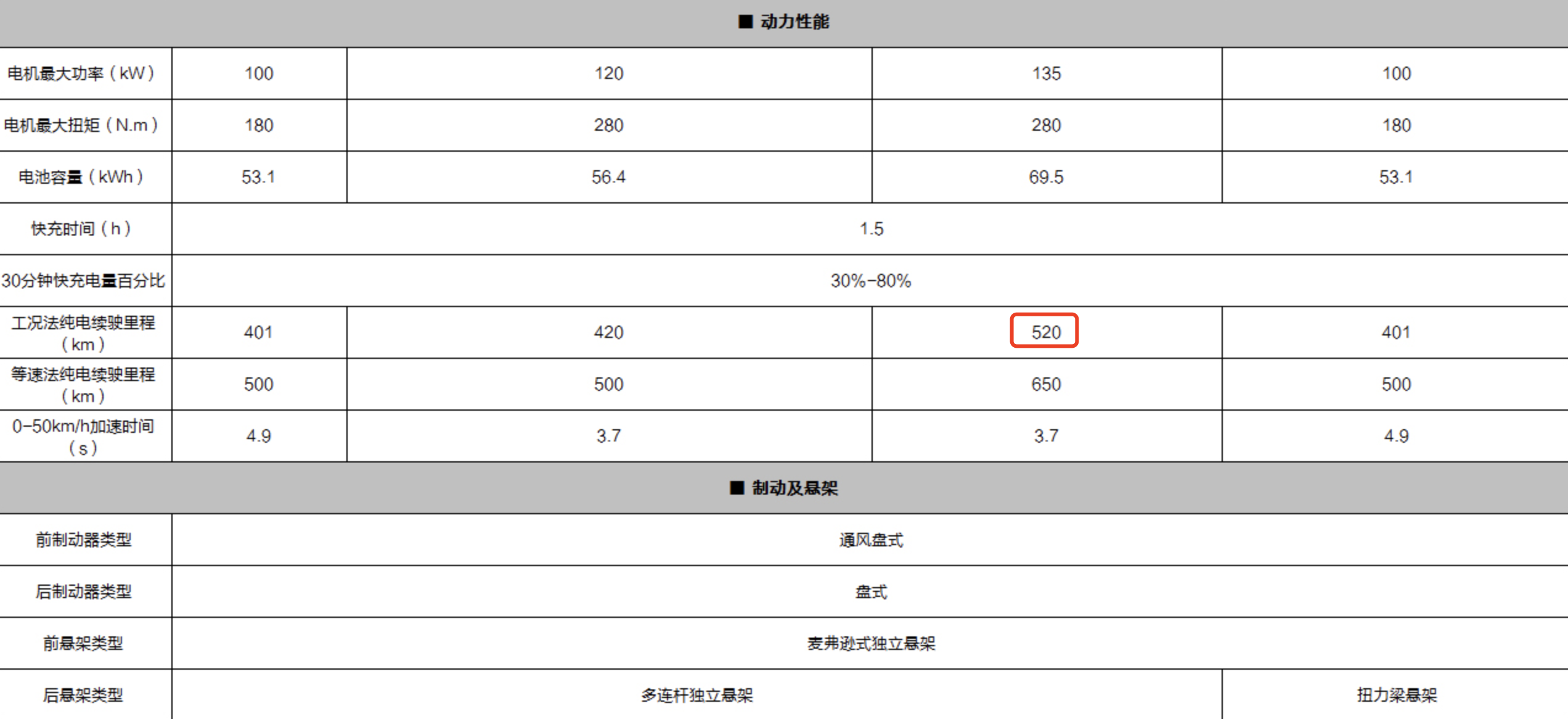
Qin EV is the only model with an endurance of less than 450 km. Although the price of Qin EV ranges from 130,000 to 150,000 yuan, my colleague believes that he needs to consider product performance beyond price. Therefore, he eliminated this “shortest-legged” car, as well as the BAIC EU7, for the same reason.
Of the remaining four cars, aside from ER6 having an endurance of 600 km, the differences in endurance between the other cars are relatively small. In terms of endurance comparison, NEDC is only a reference, and battery capacity is also a factor, with the available battery capacities of these four cars listed below:
- Geometry A 61.9 kWh
- Aion S 58.8 kWh
- ER6 69.9 kWh- Qin PRO EV 69.5 kWh
The battery of ER6 and Qin PRO EV is noticeably larger than the other two, and a larger battery provides relatively more guarantee for actual endurance. Moreover, the larger battery can do less extreme lock-up compared to the smaller battery, which is beneficial for slowing down the degradation of the battery. However, in the case where the difference in battery size is not significant, the NEDC endurance of these two cars differs by 100 km. What’s going on?
100 km difference
The reason for this difference is worth discussing, and the main reason is that the “energy consumption” control of the former is better than the latter. The principle part in this paragraph is longer. If you find the technical content to be dull, you can skip it and go directly to the results at the end of this paragraph.
First of all, let’s talk about resistance in terms of energy consumption, especially aerodynamic drag. When the speed of the car reaches 80 km/h, nearly 60% of the energy is used to overcome the aerodynamic drag. As the speed increases, this proportion will also increase. Therefore, the impact of aerodynamic drag on the endurance of the vehicle is relatively significant.
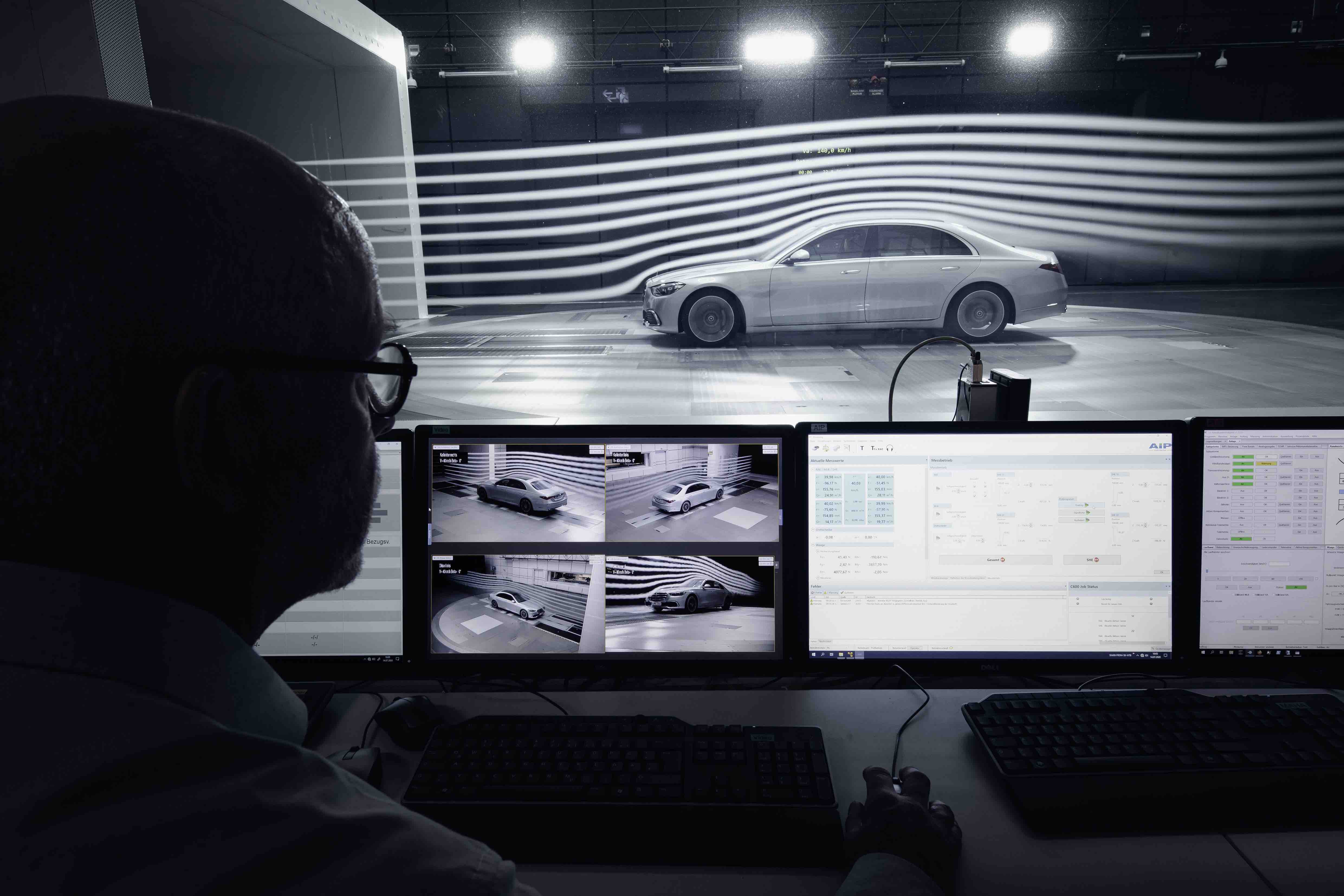
Roughly speaking, for every 0.1 Cd reduction in the drag coefficient, endurance can be increased by about 10 km. The drag coefficient of ER6 is 0.24 Cd, while Qin PRO EV has not been officially announced.
So what is the concept of this data? In the case where the geometric A with a drag coefficient of 0.237 has a battery that is 9 kWh smaller than Qin PRO EV, it only has 20 km less NEDC endurance. The Han EV with a drag coefficient of 0.233 has a battery that is 7.4 kWh larger than Qin PRO EV, but even with a size that is two levels larger and a motor power of 28 kW, its endurance is still 85 km more than Qin PRO EV. It is evident how important a small aerodynamic drag is.
Moreover, in addition to having a lower drag coefficient, ER6 also has an efficiency advantage in its power system. The stator of the motor on the ER6 uses an 8-layer flat wire winding, which has a much higher slot fill factor than the commonly used round wire. This reduces the resistance and improves the conductivity of the coil, and naturally reduces energy consumption. Another key feature of the motor is its high speed (15,000 rpm) and low gear reduction ratio (less than 10).
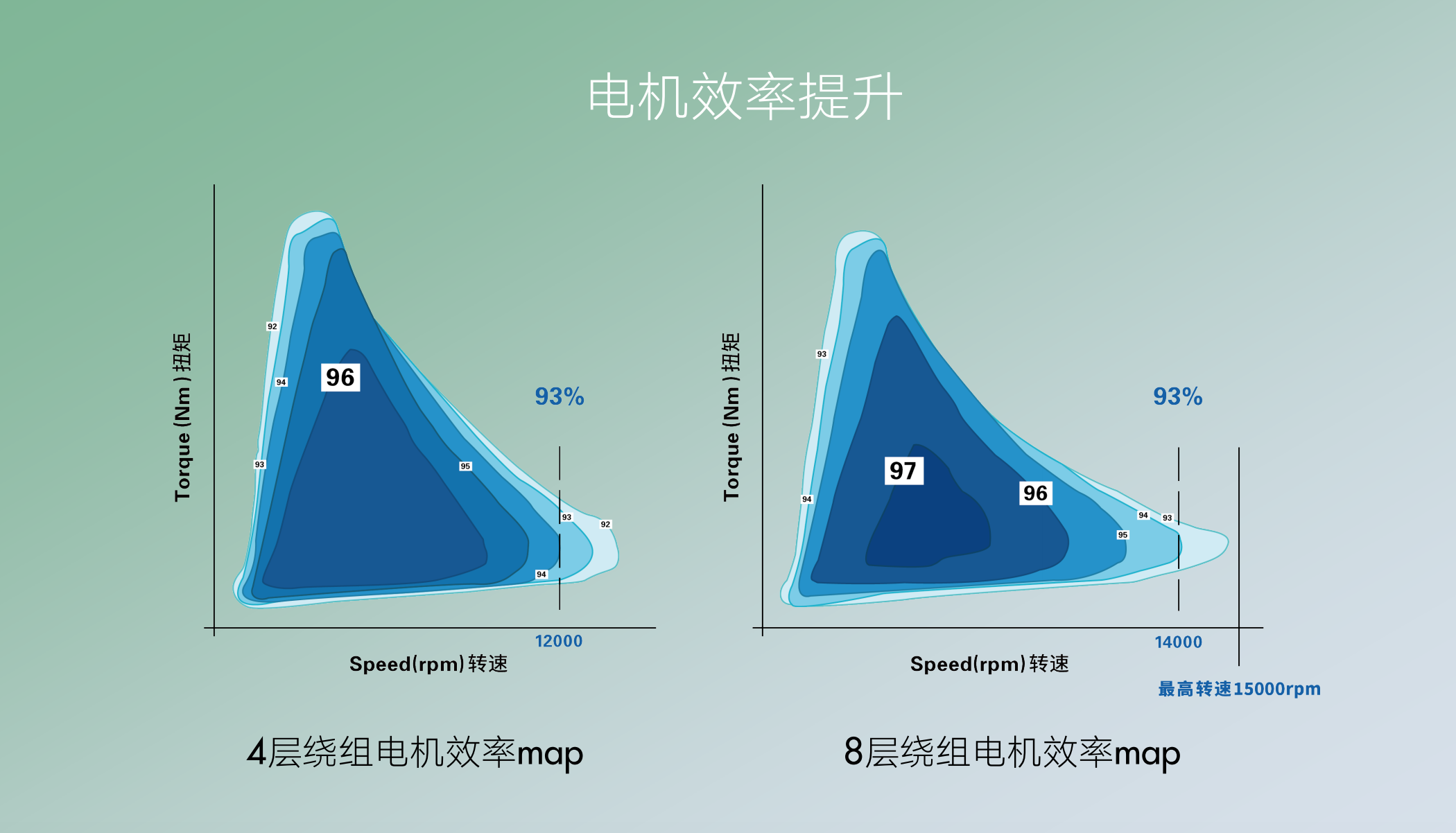 The effect of the following setting needs to be explained: As electric vehicles do not have a gearbox, there is a proportional relationship between vehicle speed and motor speed, and the maximum vehicle speed will be reduced if the reduction ratio is high or the motor’s maximum speed is low. Running at high speeds with the motor operating at high speed reduces its efficiency, resulting in higher power consumption. I have listed the impact chain below:
The effect of the following setting needs to be explained: As electric vehicles do not have a gearbox, there is a proportional relationship between vehicle speed and motor speed, and the maximum vehicle speed will be reduced if the reduction ratio is high or the motor’s maximum speed is low. Running at high speeds with the motor operating at high speed reduces its efficiency, resulting in higher power consumption. I have listed the impact chain below:
Low motor speed/high gear ratio → low vehicle top speed → running at high speeds requires high-speed motor operation → low motor efficiency at high speed operation → high power consumption
Or to put it more simply: Low motor speed/high gear ratio → low high-speed mileage
With the aid of high speed and low reduction ratio, the top speed of the ER6 is 185 km/h, while official data on the top speed for the Qin PRO EV has not yet been released, but data from the Ministry of Industry and Information Technology shows that the top speed for the Qin PRO EV equipped with a 135 kW motor model is 150 km/h.
As a result of the reasoning just presented, if the maximum motor speed on the Qin PRO EV is the same as that of the ER6, then at speeds below the Qin PRO EV’s maximum speed of 150 km/h, the motor speed of the ER6 will be lower than that of the Qin PRO EV, so the motor efficiency of the ER6 will be superior, especially when running at high speeds (high speed operating conditions). In addition to the 0.24 Cd low drag coefficient and 8-layer flat winding motor mentioned earlier, the 100 km range gap between the ER6 and the Qin PRO EV is thus revealed.
But it’s not just about range
ER6 has the most outstanding range of the four cars left in the first few rounds, but this stage of comparison also needs to take personal preference into account, apart from range. A colleague cannot accept the appearance of the Geometry A; he thinks the car is a bit exotic, and the narrow tires, although contributing to good energy consumption performance, also sacrifice some grip, so the Geometry A is out, leaving three to choose from.
As far as appearance and interior are concerned, my colleague prefers the appearance of the Aion S and the ER6. He cannot describe the specific points, but generally they look more delicate and meet his aesthetic requirements.
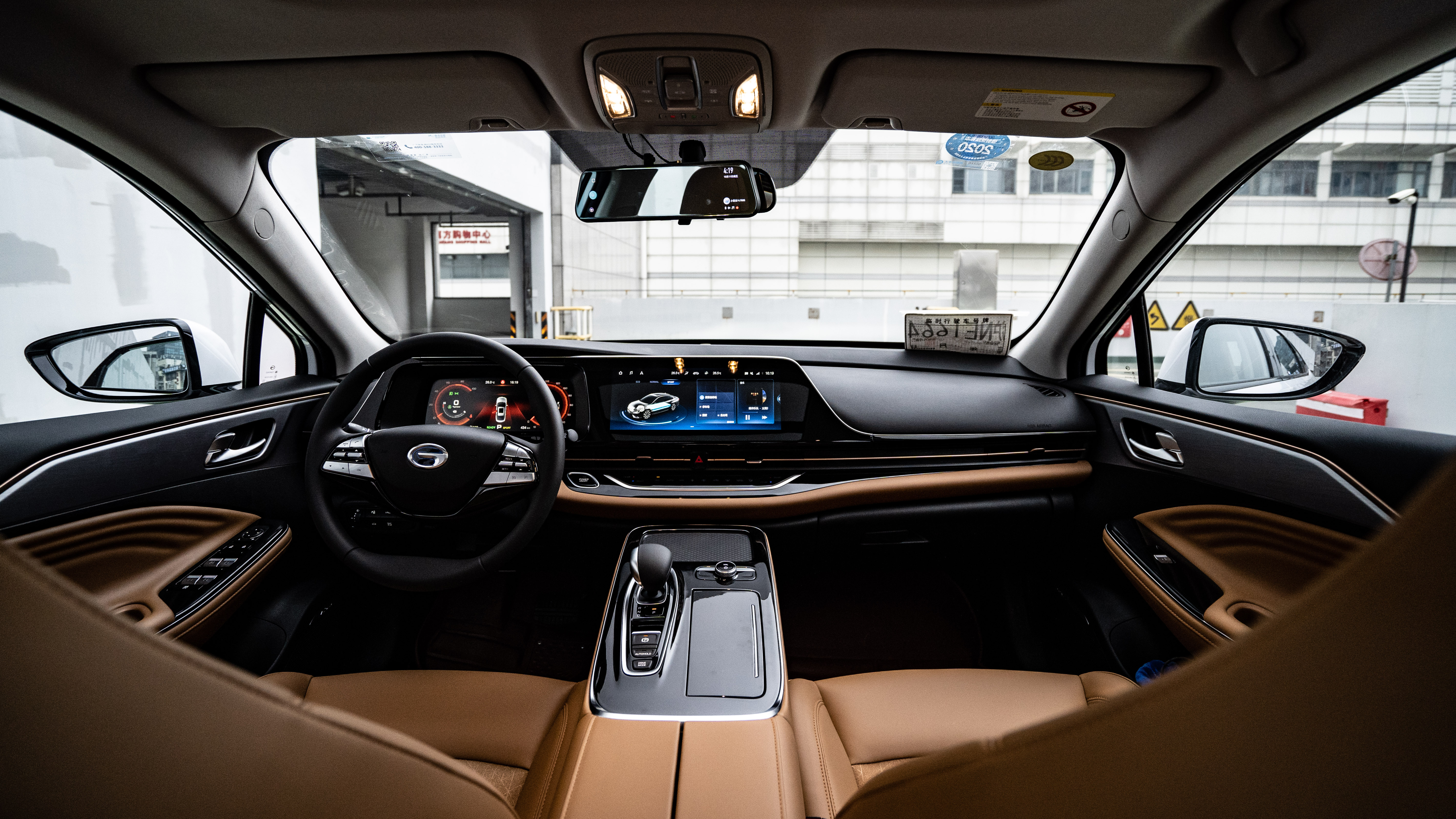
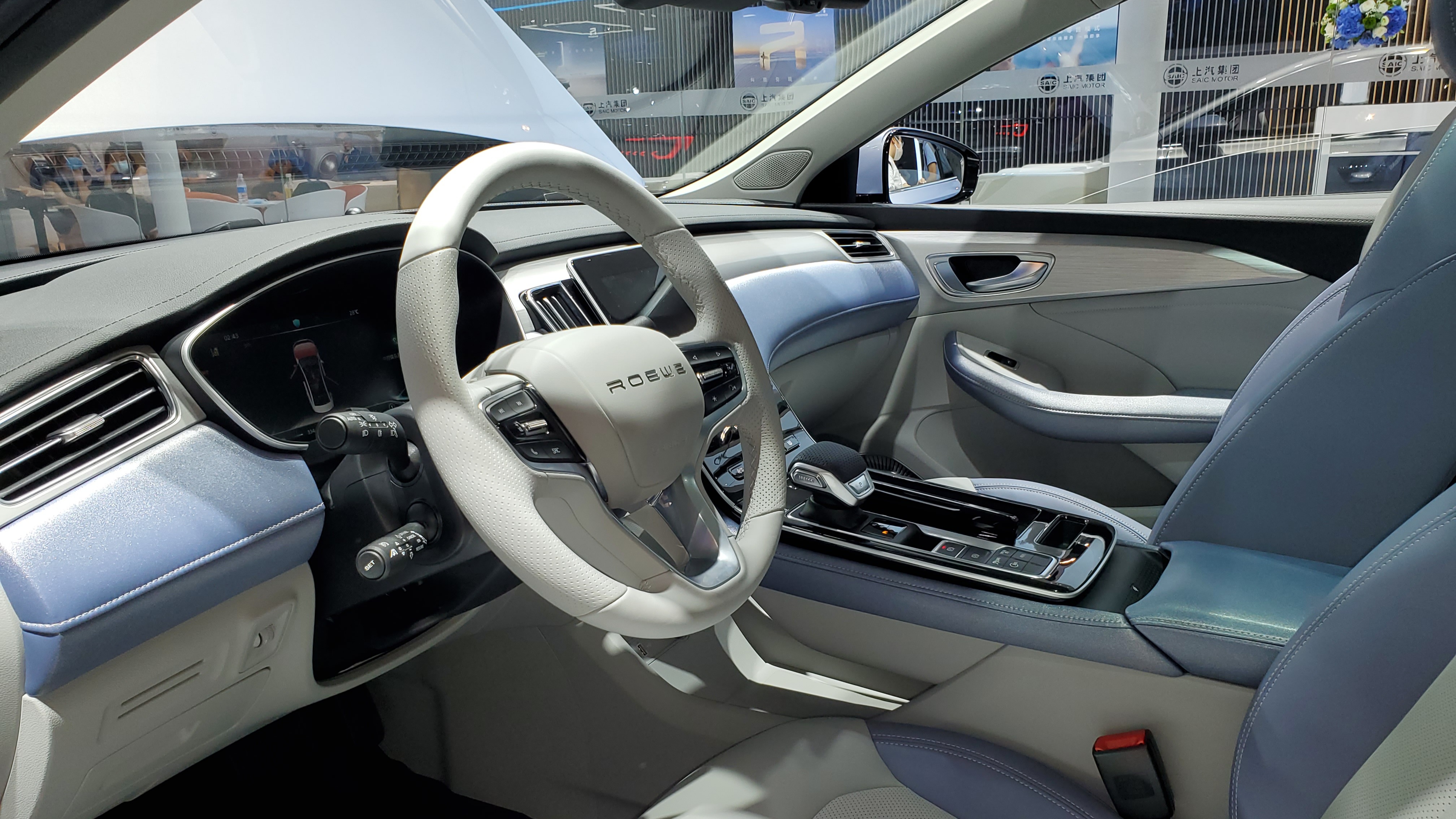
The Qin PRO EV is somewhat disadvantaged in this regard. The rear of the car, especially the tail, looks thick, the interior is only black, and the overall match is somewhat monotonous and cheap compared to the ER6 and Aion S.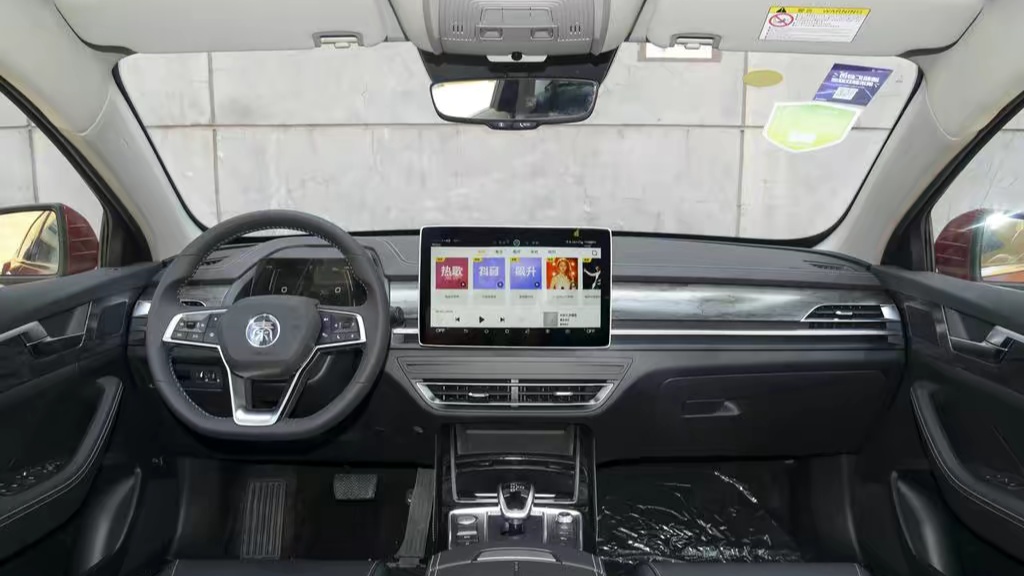
However, at this point, my colleague’s preference for these three cars was only based on the degree of liking or not. Overall, he preferred ER6 more.
However, the intention was not entirely certain, especially considering that the prices of these cars were roughly the same. I thought this indecisive stage would last for a while, but ER6’s financing plan killed the competition.
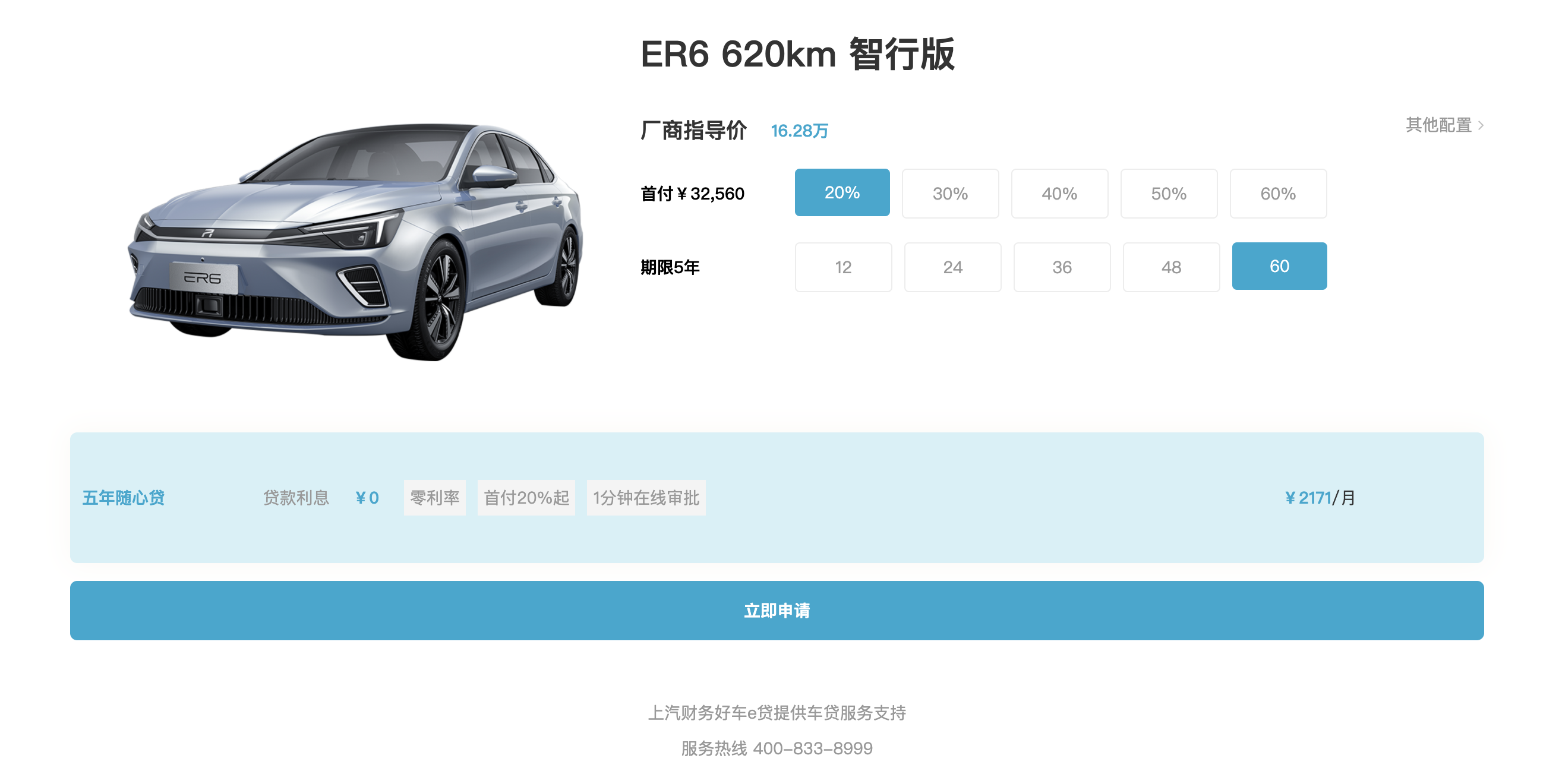
All three versions of ER6 offer up to 5 years of interest-free car purchase plans, and the down payment ratio can be chosen from 20% to 60%. Having learned of this information, my colleague directly said that there was nothing more to say and placed an order.
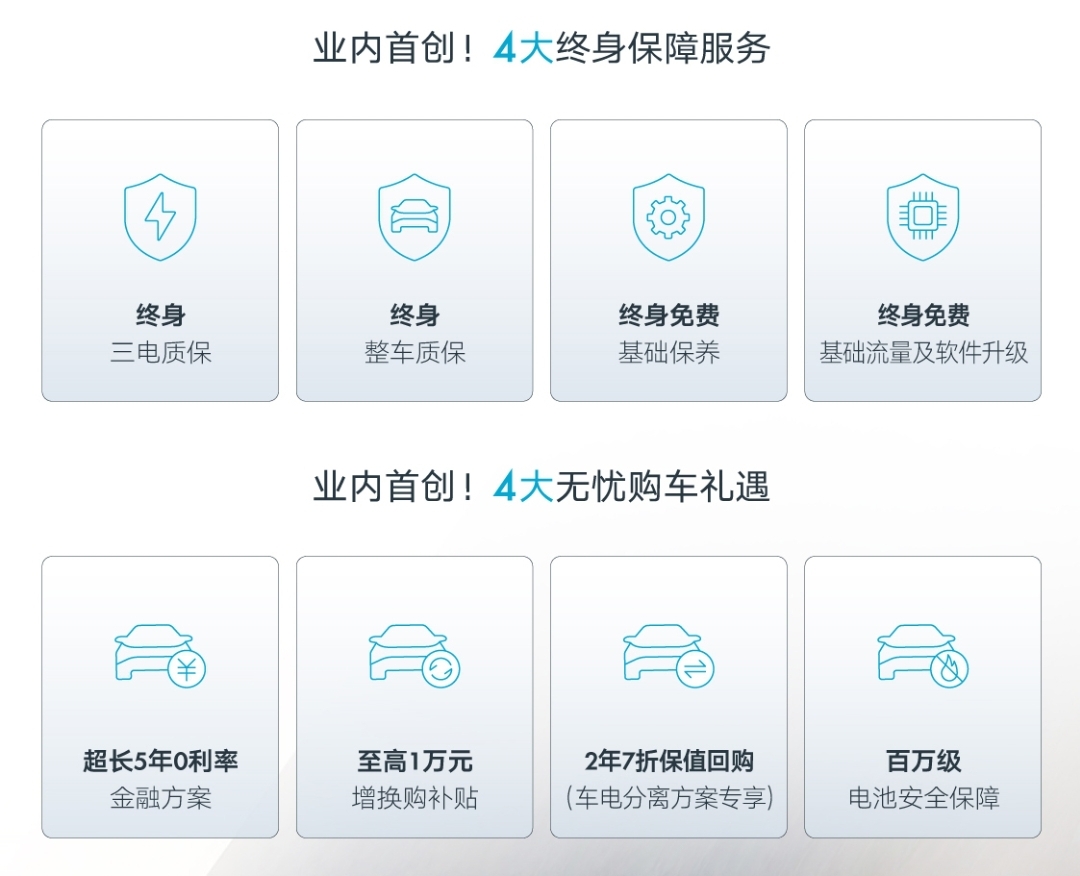
After the order was placed, my colleague learned that the first 2000 car owners who pre-ordered would receive a full charging subsidy for two years, in addition to the lifetime warranty on the “three-electric” system, free lifetime basic maintenance for ER6, and an official repurchase discount of 30% within two years.
At this point, I suddenly saw a comment on the forum about spending tens of thousands of yuan on an electric car: “How about buying a better gasoline car?”
Turning Point
What kind of car is mature
Gasoline cars are indeed less worried about mileage, battery decay, and have relatively higher value retention rates. If you consider from this perspective, gasoline cars are really worth buying. Some people even think that buying a gasoline car is a mature choice.
But in Shanghai, is buying a foreign gasoline car really a more mature expression?

My colleague’s journey home is about 17 kilometers. If he takes the elevated highway, it will take a little over half an hour. But if he doesn’t take the elevated highway, he will pass through 20 traffic lights, which will take nearly twice the time, resulting in an additional hour of commuting time each day on average.
This brings us back to the essence of buying a car. Why buy a car?I believe there are many young people in the readership who live in the hustle and bustle of big cities. With a car, they no longer need to rush to catch public transportation during the morning rush hour, and they no longer have to worry about missing the last bus when they leave work late at night with a tired body.
You know that old friend who will be waiting quietly for you in the parking lot every night. Meeting it in the parking lot every night makes you feel familiar and relieved. You get in the car, close the door, and shut out all the noise and unpleasantness outside. You put on a song you like and as the melody plays, you gradually forget about the worries of work and ease your anxiety. At this moment, this song, this seat, this private space, and each breath of air you take, belongs only to you. It is here that you feel so free and at ease.
If you consider the cost, using a car is definitely more expensive than not using one, and in some cases, it can even be more expensive than taking a taxi. But why do people want to buy a car?
Because the journey of listening to music and driving home after work may be one of the few pleasant moments of your day as a frontline worker. The private space provided by the car gives you a sense of belonging, a sense of freedom, and security that is not limited by distance and weather when you go out. These feelings cannot be quantified, but after such an experience, you also understand the meaning of hard work – to earn money for a more comfortable life.

However, this atmosphere can be different. If the car you are driving is worse than your office environment, and traffic congestion after leaving the elevated highways makes commuting slower and more exhausting than taking the subway, then the beautiful experience described above will certainly be greatly discounted.
The key to this atmosphere is the car, and this is also the intuitive reason why colleagues living in Shanghai need to buy the ER6. Aside from sheltering them from wind and rain, they need a car that is unrestricted, quiet, comfortable, exquisite, and easy to drive. In their opinion, this is more important than brand, depreciation, and refueling methods.
Or, in their intuitive perception, “maturity” means buying a car that makes their travel more comfortable. And this intuitive perception is so real and warm in my opinion.
Rationality under intuitiveness
Intuitiveness prompted colleagues to buy a car, and prompted them to buy the ER6, but it doesn’t mean that rational calculation is not viable for the ER6.
Let’s compare it to the current Corolla model. The 21st sports edition is priced at 136,800 yuan, and including the purchase tax, it is 150,480 yuan, which is 12,320 yuan cheaper than the entry-level ER6. In terms of configuration, the Corolla sports edition is even worse.
We found on the forum that the average actual fuel consumption of the Corolla model is 7.47 L/100 km, and 92 gasoline costs 5.46 yuan per liter, so the cost per kilometer is 0.408 yuan.According to our calculation, since we don’t have measured data on the power consumption of ER6, we have estimated its range by 80% and calculated that it can run 496 km with 69.9 kWh of energy, which means its power consumption is 14 kWh per 100km. If the electricity cost is assumed to be 1 yuan per kWh, then the cost per kilometer is 0.14 yuan.
As a result, the cost difference per kilometer between ER6 and Corolla is -0.268 yuan. Assuming a daily driving distance of 40 km and an annual mileage of 14,000 km, taking into account long-distance trips and vacations, the cost difference over the course of 8 years is -30,000 yuan. This is without considering the money saved from ER6’s two years of free charging and lifetime regular maintenance.
Moreover, if you feel the car selecting process is too slow, think about ER6’s attractive loan offer of 20% down payment and 5-year interest-free financing.
Regarding the resale value, we previously mentioned a buyback offer at 70% of the original purchase price after two years from the official dealer. Assuming the car is sold back to the dealer, the electricity cost for these two years are zero, and the car’s depreciated value is 48,840 yuan, resulting in a daily cost of 66.9 yuan.
Overall, ER6 is an excellent “all-round” car. It outranks its competitors in terms of range, craftsmanship, design, quality, and intelligence. Its financial and after-sales services are also impressive. Even with a daily driving distance of less than 50km, its cost is not higher than that of a gasoline-fueled car in the same price range.
Choosing a car is always a tough decision for young people, and as we went through the process, we realized that our colleague’s intention was originally to buy a BYD Han EV. However, due to budget constraints and lack of satisfactory delivery services and financing, he had to switch to ER6. It is a car that satisfies both his preferences and his practical needs.
ER6 is priced at 160,000 yuan and has a range that is nearly equal to that of the Model 3 long-range rear-wheel-drive version, making it a milestone for domestic car manufacturers.
This article is a translation by ChatGPT of a Chinese report from 42HOW. If you have any questions about it, please email bd@42how.com.
